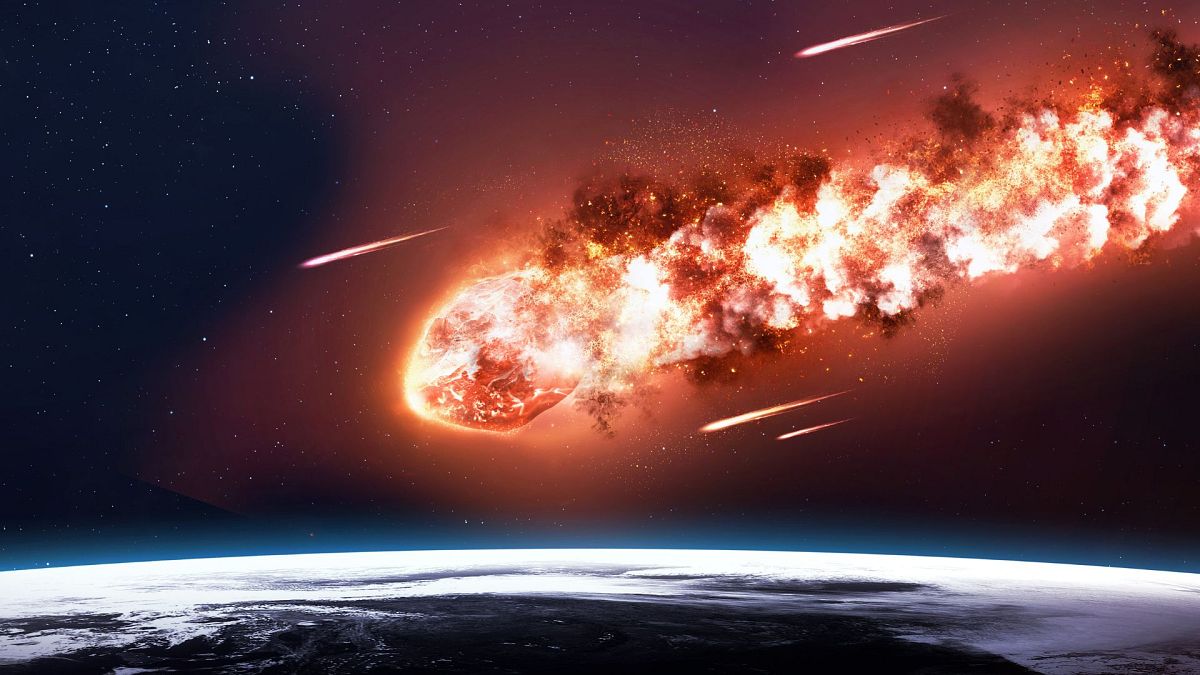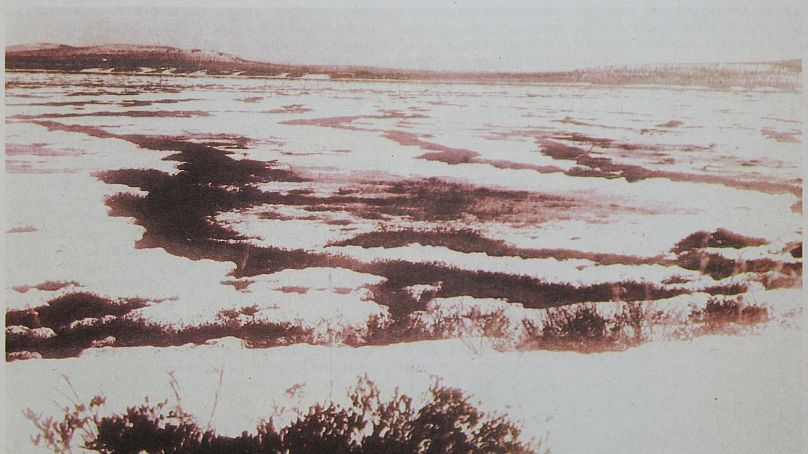30 June 1908: A city-destroying meteor lands in Siberia
Around seven in the morning, in the Krasnoyarsk region of eastern Russia, things are ticking along quietly as is the norm for an area in the depths of the country’s Siberian wilderness.
Suddenly, a blinding light screams through the sky. There are reports of a man being thrown from his chair and feeling a heat so intense he thought his shirt was on fire, despite being over 40 miles from what’s just happened.
And what has just happened? For a second the world seems to stop still, then the earth shook as hot wind raced through the region. In the forestland north of the Podkamennaya Tunguska River, the largest asteroid impact in recorded history has just struck.
The event has become known as the “Tunguska Event”. On this day in 1908, a stony asteroid around 50-60m in size exploded above the area and rained destruction down.
Records of the blast estimate that it destroyed around 80 million trees over an area of 2,150 square km. It likely killed countless animals including reindeer, and — although never confirmed — three people.
Locals initially thought it was a curse from the god Ogdy, a Siberian mythological deity of thunder. In fact, it was the largest asteroid to hit the Earth in recorded history. The only asteroids bigger than the Tunguska Event were in prehistoric times and include the one that likely wiped out the dinosaurs. It’s been predicted that had the Tunguska Event happened in a metropolitan area, it would have wiped out a whole city.
What might surprise you about such a potentially catastrophic event is that the Tunguska Event didn’t even leave an impact crater. The evidence of the event was obvious. It’s hard to hide the destruction of 80 million trees. But at the site where it supposedly happened, there was little evidence of an asteroid hitting the Earth.
Even more interestingly, despite the scale of the event, it wasn’t until 1927 that Russian scientists began investigating it. Leonid Kulik led a team to the site expecting to find an impact crater.
While others theorised aliens or mini-black holes, over the next 40 years, Kulik would continue his research into the Tunguska Event. Eventually, we came up with our best estimation of what happened.
On this day in 1908, the asteroid entered the Earth’s atmosphere at around 33,500 mph. As it plunged towards the surface, it heated the surrounding air to around 25,000°C. The combining pressure and heat of the asteroid caused it to explode nearly 9 km above the surface. The resulting fireball had the energy of 185 times the bomb that destroyed Hiroshima.




